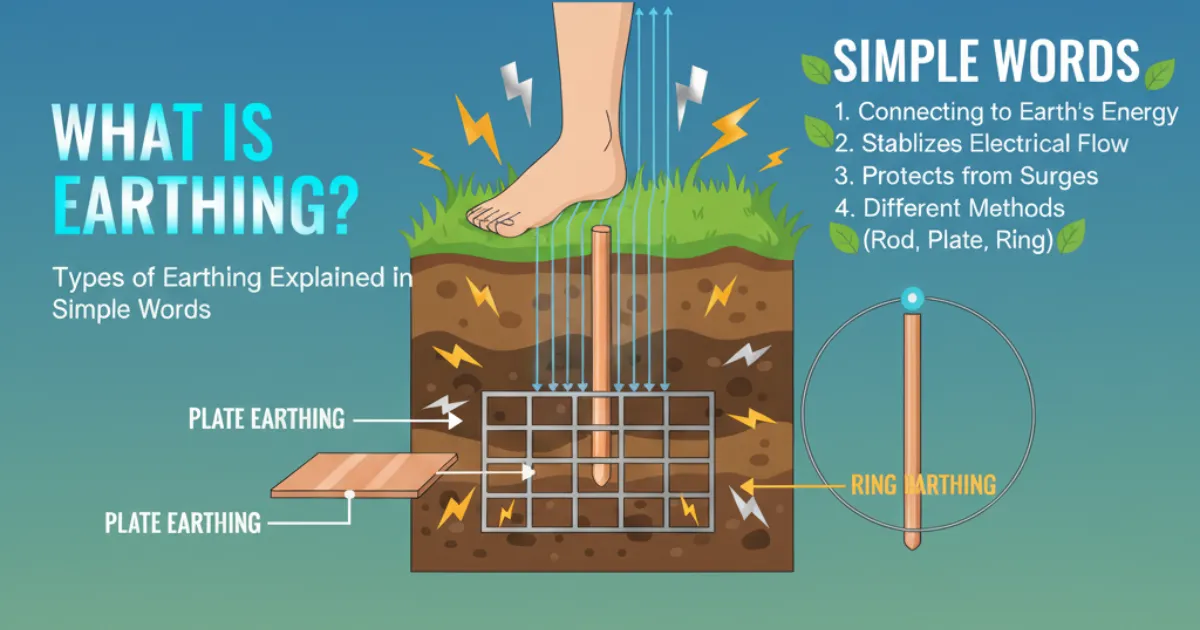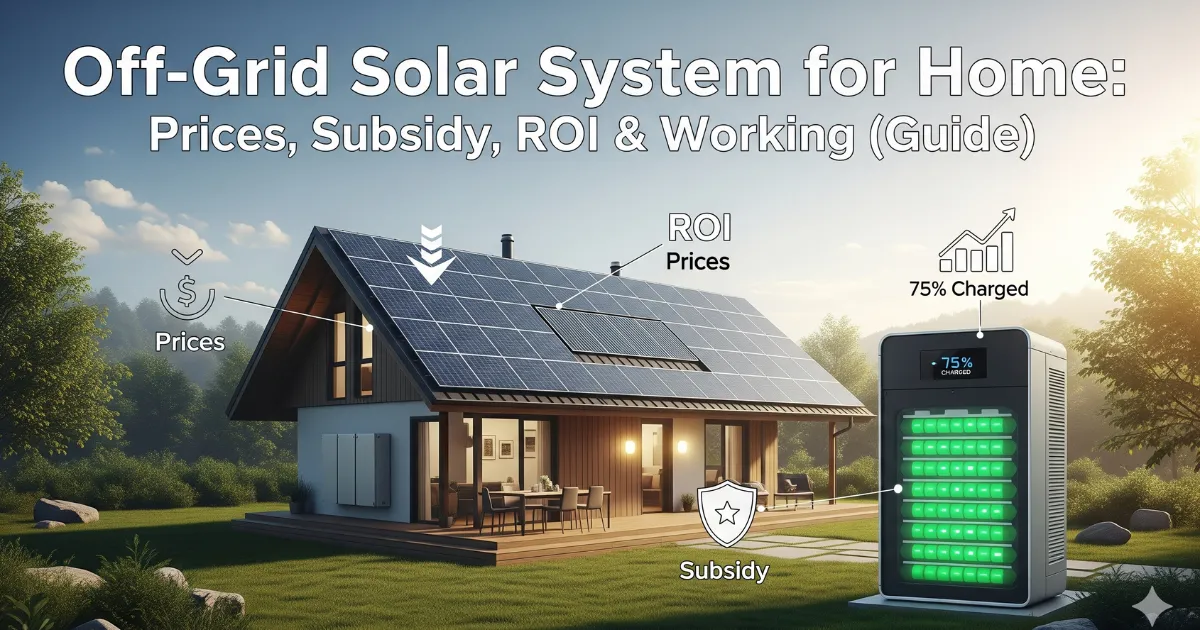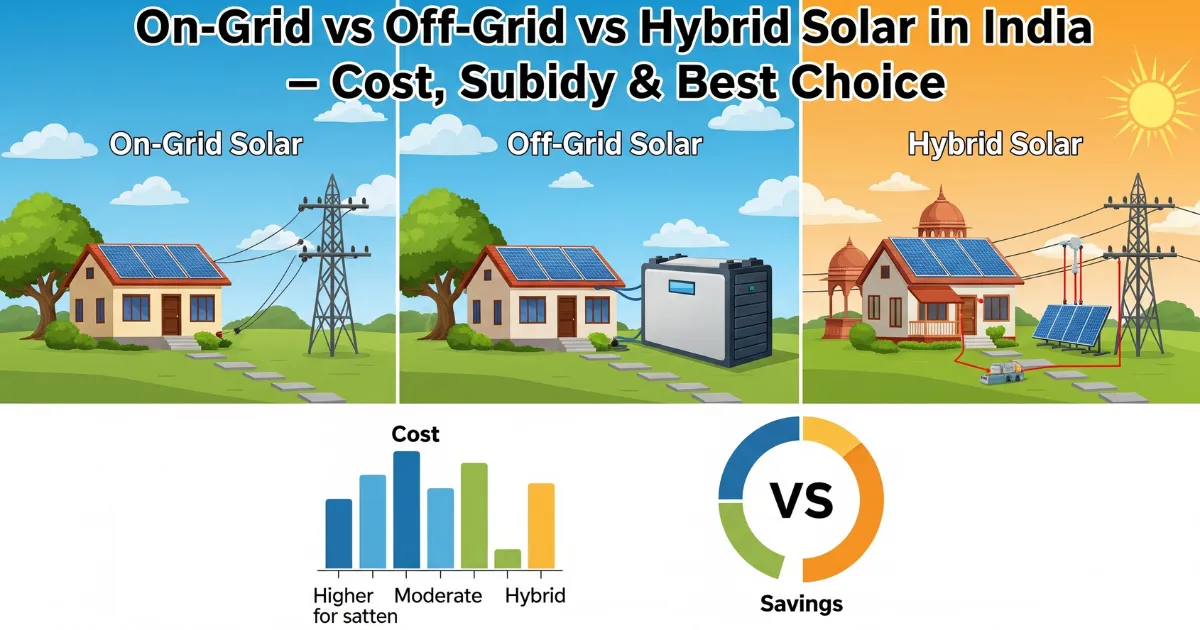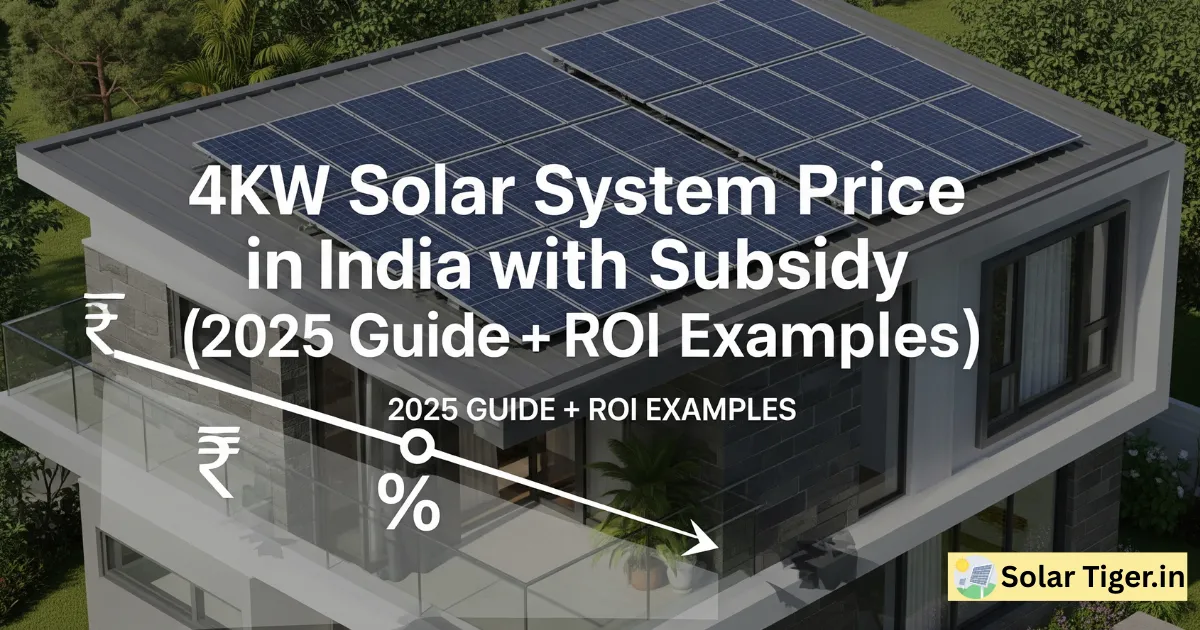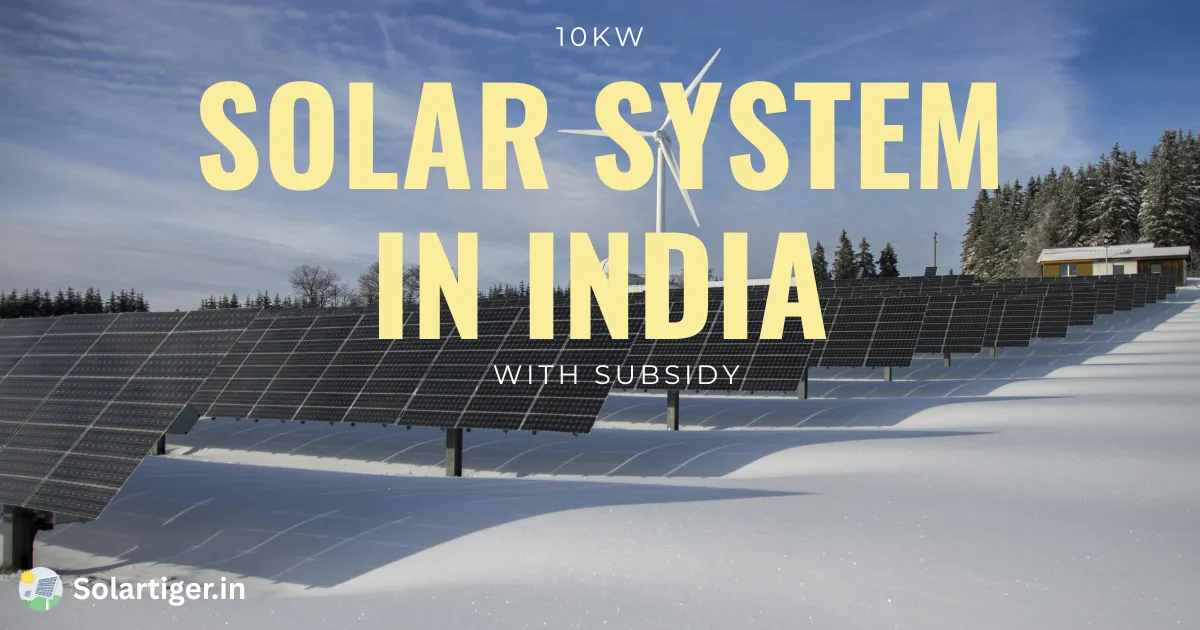What is Earthing: Electricity powers our homes, offices, and even solar systems but it also brings risks like shocks, fires, and damage to appliances. Earthing (or grounding) is the safety shield that protects both people and equipment from these dangers. In fact, leading companies like Siemens AG, Schneider Electric SE, ABB Ltd., and L&T Electrical & Automation provide reliable earthing and grounding solutions that are widely used in residential, commercial, and industrial projects. In this guide, we’ll explain earthing in simple words, cover all major types of earthing, factors to consider when choosing a system, and even walk you through the installation process.
Key Takeaways
- Earthing = safety: It provides a low-resistance path for excess current to flow into the ground.
- Protects people & appliances: Prevents shocks, damage, and fire hazards.
- Types of earthing include plate, pipe, rod, strip, chemical, and more each suited for different soil and usage conditions.
- Factors like soil, space, and moisture determine which earthing method works best.
- Proper installation & maintenance are crucial for long-lasting performance and safety.
1. What is Earthing?
Earthing means connecting an electrical system or device to the ground using a conductor (like copper wire, GI strip, or rods). This way, if there’s a leakage current, lightning strike, or short circuit, the excess electricity flows safely into the earth.
Think of earthing as a safety escape route for electricity.
2. Why is Earthing Important?
- Protects people from electric shocks
- Safeguards appliances from power surges
- Prevents sparks and fire hazards
- Ensures stable voltage in circuits
- Essential for solar and modern electrical setups
3. Cost of Earthing in India (2025 Estimates)
- Pipe Earthing: ₹3,000 – ₹5,000
- Plate Earthing: ₹8,000 – ₹15,000
- Rod Earthing: ₹4,000 – ₹6,000
- Strip Earthing: ₹10,000 – ₹20,000
- Chemical Earthing: ₹15,000 – ₹25,000
4. Types of Earthing
There are various types of earthing systems used in different situations. Each type has its own characteristics and suitability based on factors like soil resistivity and available space. The following are some commonly used types of earthing:
4.1. Plate Earthing
- Uses a copper or GI plate (60×60 cm) buried deep in the soil.
- Best for residential and small commercial setups.
- Long-lasting and reliable.
4.2. Pipe Earthing
- A GI pipe is vertically installed into the ground.
- Most common and cost-effective method for homes.
- Works well in moisture-rich soils.
4.3. Rod Earthing
- A copper or steel rod hammered into the ground.
- Ideal for rocky or dry soils.
- Simple and affordable.
4.4. Strip Earthing
- Uses GI or copper strips buried in trenches.
- Common in industries or large projects.
- Provides low resistance for heavy loads.
4.5. Earthing through Water Pipe
- Uses existing underground water pipes as earth electrodes.
- Rare today due to safety issues but still seen in older buildings.
4.6. Earthing with Earth Electrode
- Uses dedicated electrodes inserted into the soil.
- Ensures low-resistance path even in high-resistivity soils.
4.7. Chemical Earthing
- Uses a backfilling compound around electrodes to reduce soil resistance.
- Highly efficient and maintenance-free.
- Popular in modern homes, solar systems, and industries.
5. Factors to Consider When Choosing an Earthing System
When selecting an earthing system, several factors should be taken into account:
5.1. Soil Resistivity
Clay soil is more conductive than sandy or rocky soil. Choose an earthing system suited for your soil type.
5.2. Space Availability
Plate or strip earthing requires more space, while rod earthing is suitable for compact sites.
5.3. Moisture Content
Moist soil improves conductivity; in dry areas, chemical earthing may be required.
5.4. Corrosion Resistance
Copper lasts longer than GI (galvanized iron), though it’s more expensive.
6. The Process of Earthing Installation
Proper installation of the earthing system ensures its effectiveness. The installation process typically involves the following steps:
6.1. Site Evaluation
Check soil type, moisture levels, and available space.
6.2. Selection of Earthing System
Choose plate, pipe, rod, or chemical earthing depending on conditions.
6.3. Installation and Wiring
Electrodes are placed in the ground and connected with copper/GI strips to the main panel.
6.4. Testing and Maintenance
Regular resistance testing ensures the system is still effective.
Real-Life Example
A Delhi household with a 3kW solar system installed chemical earthing because the soil was rocky and dry. Though the upfront cost was ₹18,000, the family saved over ₹90,000 in potential inverter damage during voltage surges over three years making it a smart long-term investment.
FAQs on What is Earthing
Which earthing is best for homes?
Pipe earthing is most commonly used in Indian homes due to low cost and effectiveness.
Is copper or GI better for earthing?
Copper is more durable and efficient but costlier than GI.
How often should earthing be tested?
Once every 2–3 years for homes; yearly for industries.
Can earthing reduce electricity bills?
No, earthing is a safety feature. It doesn’t reduce bills but protects appliances.
Which earthing is best for solar systems?
Plate or chemical earthing with copper conductors is recommended.
Is chemical earthing better than rod earthing?
The choice between chemical earthing and rod earthing depends on various factors such as soil resistivity, corrosiveness of the soil, and available space. Both methods have their advantages and suitability based on specific requirements.
Can I use multiple types of earthing in one system?
In certain cases, using multiple types of earthing methods in a single system may be necessary to optimize safety and performance. However, careful consideration and professional guidance are essential to ensure compatibility and proper functioning.
Author’s Note:
As someone who’s been writing about solar and electrical safety for years, I’ve seen how many homeowners overlook the importance of earthing until a power surge or short circuit causes damage. The truth is, investing a little extra in the right earthing system today can save you thousands tomorrow. If you’re planning to install solar or upgrade your home’s electrical setup, don’t treat earthing as an afterthought—it’s the foundation of safety and reliability.
